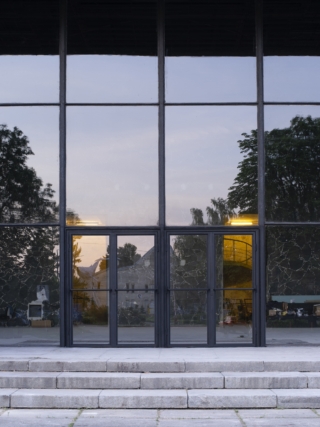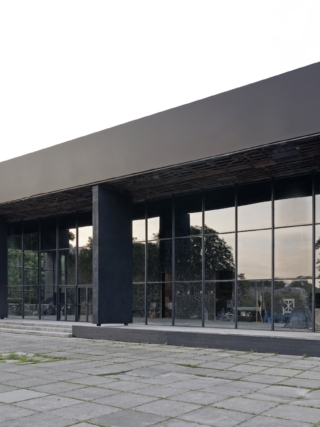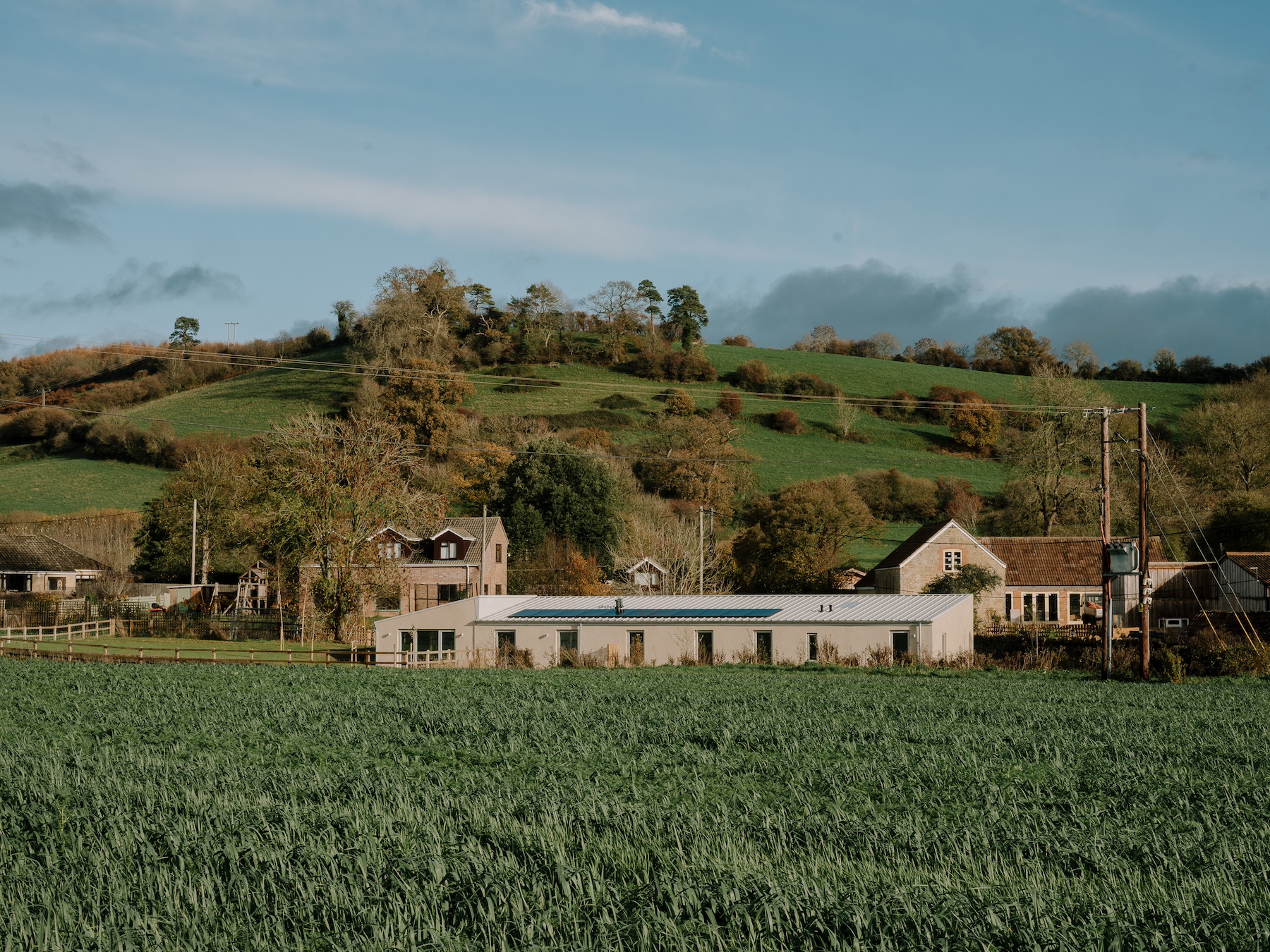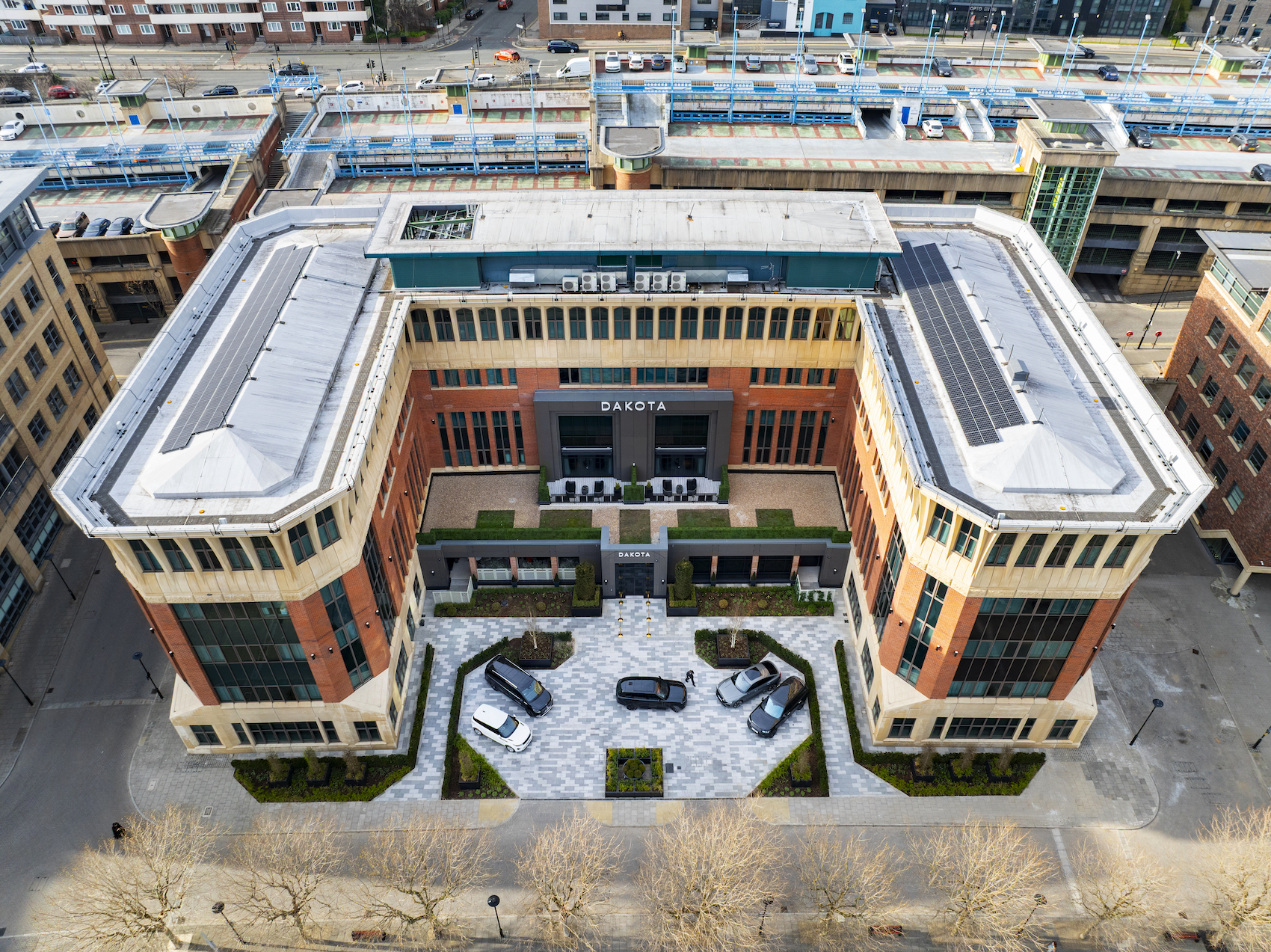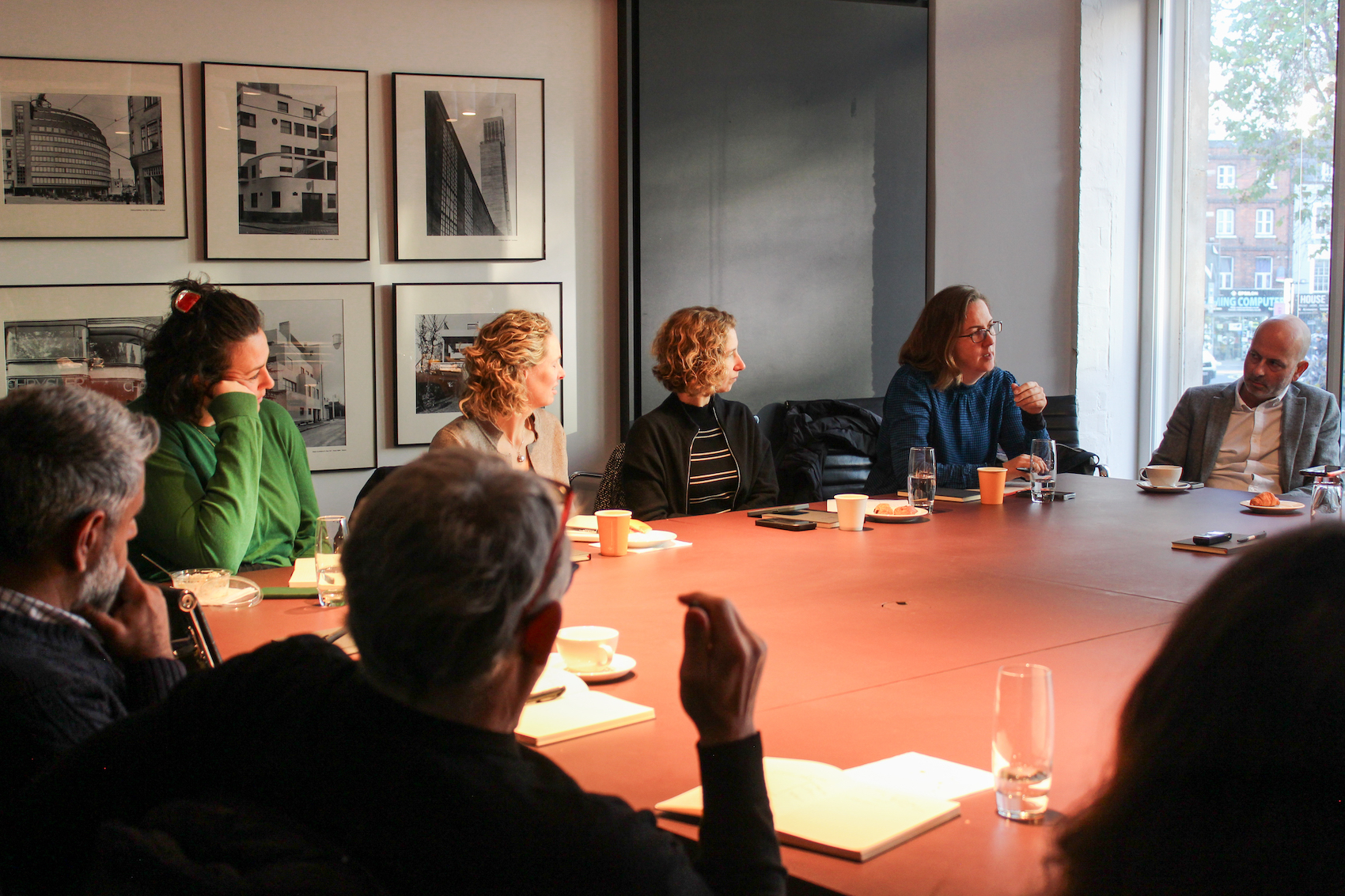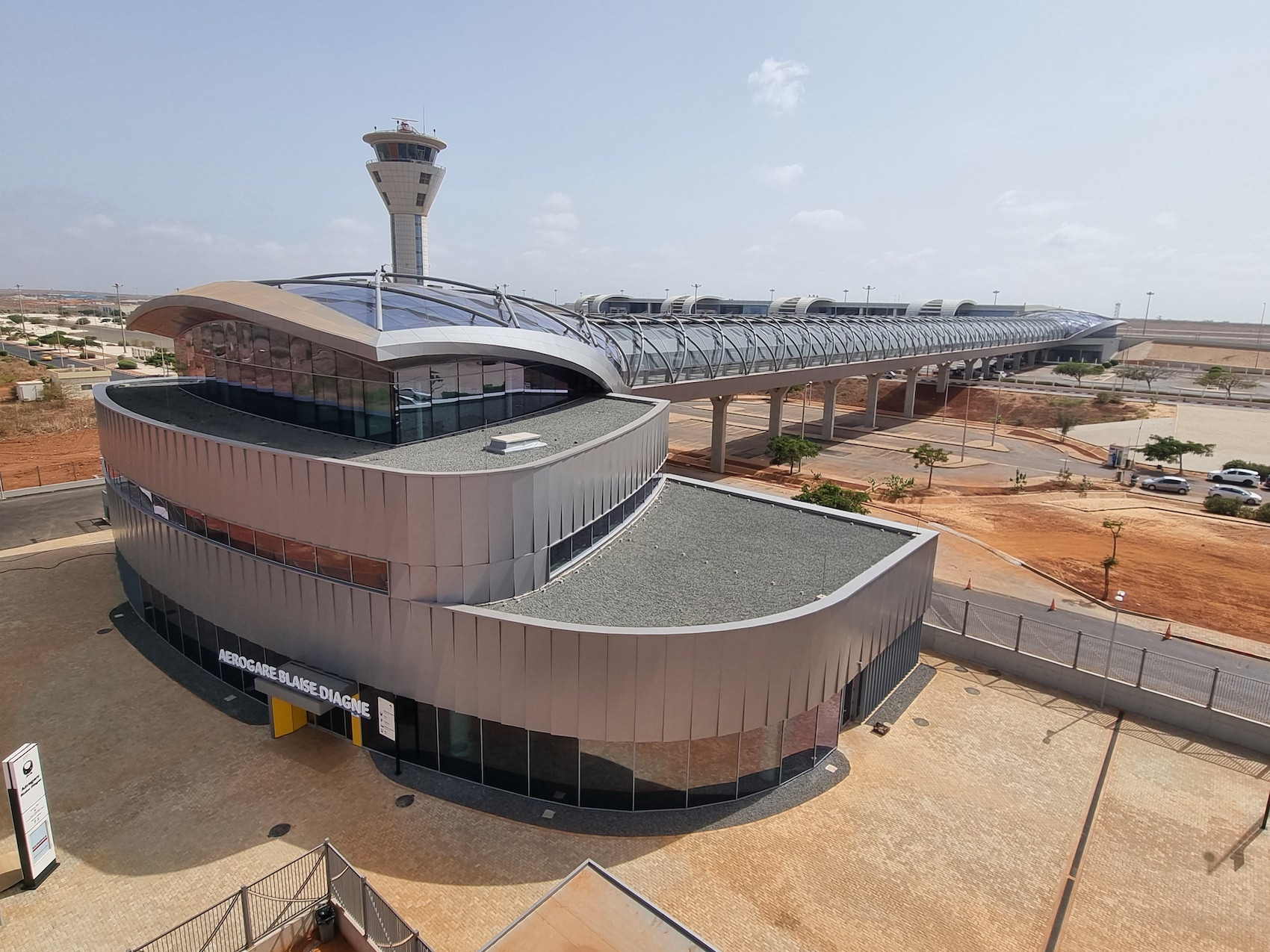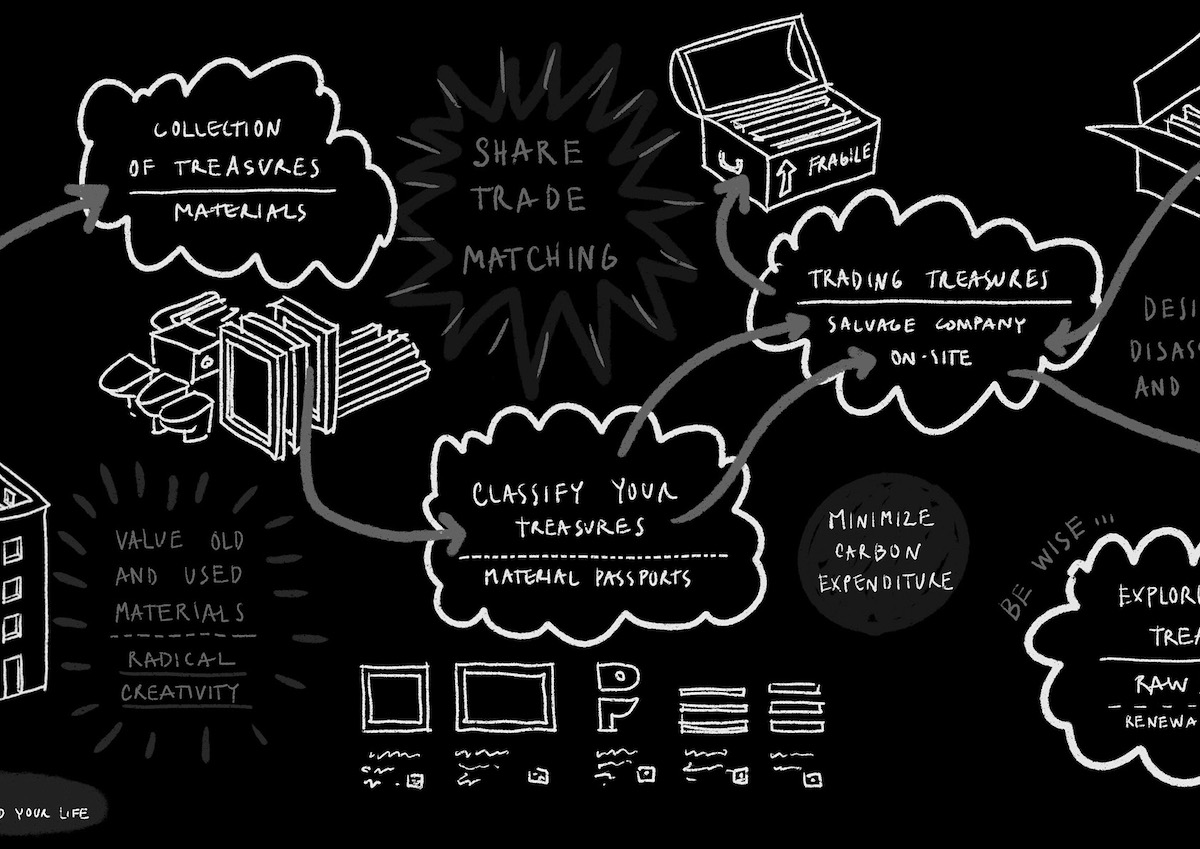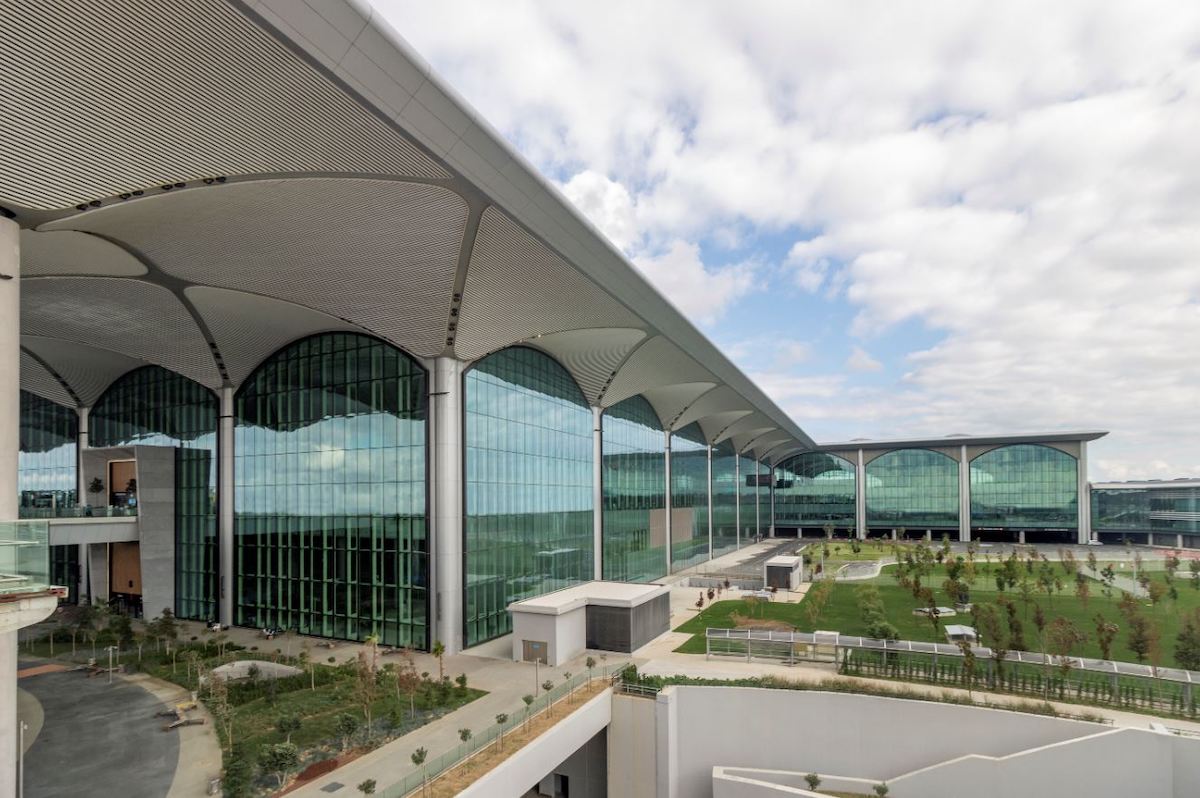Kyiv-based architecture studio ФОРМА has completed the first phase of a sensitive renovation and adaptive reuse of ‘Pavilion 13’, a Soviet-era exposition hall once dedicated to coal mining, into a permanent cultural venue for the Pavilion of Culture.
An exemplar of late modernist architecture from the post-Stalinist USSR, Pavilion 13 has reopened to the public following the completion of a major phase in its renovation, led by Kyiv-based practice ФОРМА.
Originally opened in 1967 to showcase Ukraine’s coal industry, the building is one of several pavilions on the National Complex Expocenter of Ukraine (VDNG) campus. Commissioned by RIBBON International, the project marks a turning point in Ukraine’s approach to Soviet architectural heritage, reframing Pavilion 13 as a dynamic platform for contemporary culture.
Vacant since the early 2000s, Pavilion 13 had fallen into disuse like many buildings in the VDNG complex — a fate shared by much of Ukraine’s Soviet-era infrastructure. Its repurposing reflects a broader reconsideration of inherited public architecture in the country, and aligns with a growing movement to find sustainable, meaningful futures for these structures.
The refurbishment is the work of architects Iryna Miroshnykova and Oleksii Petrov, partners at ФОРМА and co-founders of the Pavilion of Culture organisation. The pair’s long-term ambition is to preserve the structural and spatial logic of Pavilion 13, while transforming it into a venue for exhibitions, public programming and site-specific commissions. The opening programme includes Шубін (SHUBIN) — a layered installation by Berlin-based artist Sam Lewitt that engages directly with the building’s coal mining legacy, featuring film, neon signage, and reconstructed display furniture.
Set atop a plinth and composed of a glazed steel-framed envelope supported by expressive columns, Pavilion 13 exemplifies the shift from Stalinist classicism to a rationalised International Style that took hold under Khrushchev’s de-Stalinisation policy. Its bold form includes a cylindrical core that conceals a spiralling subterranean walkway descending to a full-scale model of a coal mine — a rare surviving feature that underscores its original didactic function.
Renovation works have focused on repairing and revealing the building’s essential character. The façade has been resealed, windows replaced, and essential utility systems upgraded. Internal finishes were carefully stripped back to expose original details, while external landscaping supports a long-term strategy for rewilding the surrounding grounds. A programme of talks and screenings — Shubin Talks — accompanies the re-opening, further cementing the building’s new role as a civic and cultural forum.
“This renovation finally allowed us to focus on the building itself — the one where the story of the Pavilion of Culture began in 2020,” explained Iryna Miroshnykova. “Working with modernist heritage means stripping away layers of past interventions and returning to the authentic structure, its original layout and spatial rhythm.”











